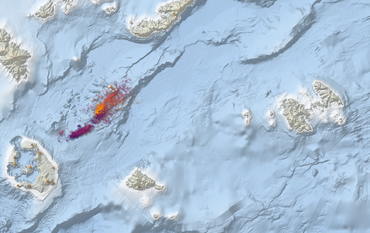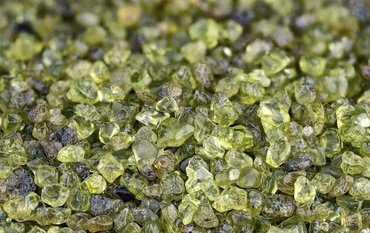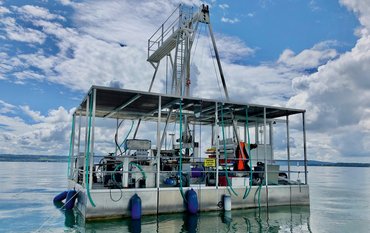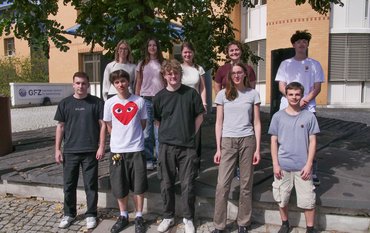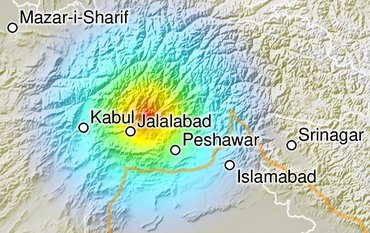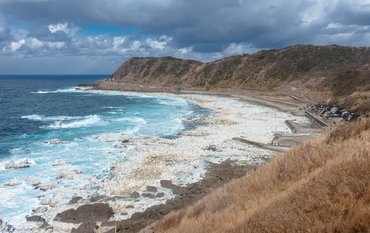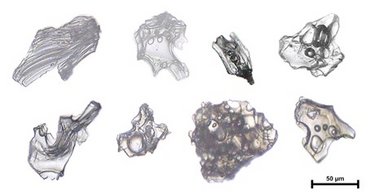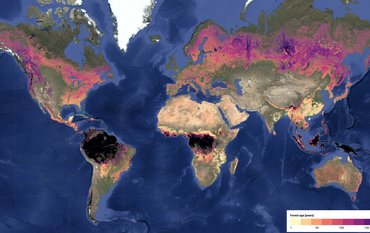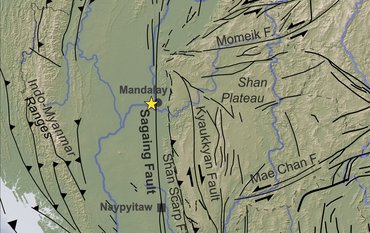Earth Observation by satellites, particularly through the EU program Copernicus, is becoming increasingly important for politics. At the same time, important building blocks are missing to fulfill the requirements for science-based political decisions. This is the result of a study that analyzes the gaps in Earth Observation and the Copernicus program, deriving recommendations for science and policy-makers. The researchers, led by Katja Berger from the GFZ Helmholtz Centre for Geosciences, advise improving the spatial and temporal resolutions of satellite data and designing future observation missions together with policy-makers and stakeholders. The study was published in the latest issue of the journal "Land Use Policy".
Introduction
The EU’s political measures for environmental protection and the shaping of more sustainable land use are ambitious. The goal is to permanently secure the protection of all our natural resources (soils, water, air, biodiversity, etc.) and livelihoods by striving to anchor it in regulations and directives and harmonize it across the EU. The big question here is: on what knowledge base can decisions be made?
Specialist scientists in satellite-based remote sensing have now analyzed three important EU regulations in detail and reviewed 19 other EU regulations and directives (Fig. 2) on environmental protection. The study takes a closer look at the Common Agricultural Policy (CAP), the updated EU Regulation on land use, land-use change and forestry (EU LULUCF), and the new Regulation on deforestation-free products (EUDR). Specifically, the goals of CAP, EU LULUCF, and EUDR were compiled, and it was explored how the Copernicus satellite program, whose Sentinel satellites are developed and operated by the European Space Agency (ESA), currently contributes to verifying the goals, and how the requirements for the program and its data products will change.
The study shows that current Copernicus data products have so far only partially met political needs, even though Copernicus is the world’s largest provider of freely and open space data. At the same time, it clarifies the key role of the program in the entire policy cycle, from goal setting to implementation and verification. It is the first integrated gap analysis to highlight gaps between political goals and the possibilities of remote sensing.
What are the gaps?
The data from most satellite products often do not go back far enough in time. However, an observation period of more than a decade is sometimes absolutely necessary for long-term trends affecting the environment. Furthermore, the spatial resolution of some products (300 m – 1 km) may not be suitable for all political specifications, as a spatial resolution of about 10 m or less is often required for planning at the local level. Some Copernicus products may also lack the necessary accuracy for political decisions. For example, the accuracy of the current Copernicus Land Monitoring Service (CLMS) land cover products is currently around 80-90 percent. This is not enough for some political decisions, though. In addition, the actual Copernicus satellite constellation may not be able to adequately observe certain phenomena or regions, as there are gaps in coverage or problems with data acquisition/quality, for example, due to cloud cover during the overflight of the optical satellites.
Specific needs for CAP, EU LULUCF, and EUDR
The study recognizes a clear trend: all EU land policy areas require data with higher spatial resolution, in some cases below 5 meters, and need data with a higher temporal resolution (near real-time). For the following regulations, the study found, among other things, these results:
Common Agricultural Policy | CAP: The goals of the Common Agricultural Policy are likely to place the highest demands on Earth Observation in the future. For example, near-daily updates with a resolution of less than 10 meters would be required to ensure monitoring of cultivation methods and agricultural practices. The new HR-VPP phenology product (more information) could be one of the most useful because it can accurately show vegetation dynamics. Almost as useful is the high-resolution information on the type of land use (cultivated crop types, crop rotation) and the exact delineation of agricultural fields.
EU Regulation on Land Use, Land-Use Change and Forestry | EU LULUCF: For the detection of land-use changes, current products such as the recently developed CLC+ (Corine Land Cover+, CLC Backbone) generally meet the required spatial resolution, but at the cost of a coarse temporal resolution. However, standard products are often not flexible enough and not generally accessible.
Deforestation-Free Products | EUDR: The EUDR stipulates that, as of the cut-off date (31 December 2020), products placed on the European market must be verifiably deforestation-free. This applies, among others, to beef, cocoa, coffee, oil palm, rubber, soy, and timber. Large-scale oil palm and soy plantations can already be well captured with Sentinel-1/2, but for smaller agroforestry systems like cocoa or coffee, very-high-resolution satellite images (<5 m) would be needed. Monthly images at this resolution would be required for effective implementation of the EUDR. The new indicator “Tree Cover Density” (0-100% | TCD) could also be helpful, although Very-High-Resolution products would allow for even more reliable differentiation between plantations, agroforestry, and natural forests. The authors (K. Berger, M. Herold, Z. Szantoi) also published a specific comment on this in a Nature journal [Link].
Authors' policy recommendations | Priority areas for action
The study highlights other important areas for action. The recommendations for policy-makers are:
Create Transparency and Trust
Reliability and transparency are important assets in communication, especially in politics. Effective use of Earth Observation data requires comprehensive metadata that documents methods, limitations, and uncertainties to ensure correct interpretation for political decisions. There is a need for standardized data collections and data that is directly and easily analyzable, all in accordance with the FAIR principles. The latter state that the data foundation should be Findable, Accessible, Interoperable, and Reusable.
Expand Data Acquisition | Improve Data Quality Through Integrated Sensor Technology
Although the Copernicus program already integrates ground observations and in-situ data, an expansion of these networks and a supplementation with drone data would further improve data quality. Additional reference networks with complementary ground measurements are needed to make the information and products derived from satellite data even more reliable.
Address Legal and Data Protection Considerations
While Earth Observation is a powerful tool for monitoring compliance with land use regulations, its increasing use raises legitimate concerns regarding data protection and data governance, especially given the improvement in spatial resolution on satellite images (< 10 m) or Earth Observation with drones. This data protection point must be sensibly regulated in advance.
Involve Users and Provide Even More Freely Accessible Data
So far, Earth Observation missions have primarily focused on technological progress, while the specific needs of users and market demand have often been secondary. However, a turning point is currently taking place: data users are increasingly being directly involved in the development and production of products. Only through this close cooperation can it be ensured that the data are practically applicable. Cooperation between EU institutions (e.g., DGs AGRI, CLIMA and ENV), national authorities, private companies, and the scientific community is particularly important.
Earth Observation with Copernicus: A look into the future
Future Copernicus missions and services (Fig. 1) will focus on better integrating stakeholder demand into planning and delivering products with better spatial and temporal resolution. Over the coming years, ESA will launch several Sentinel Expansion Missions, including the Copernicus Hyperspectral Imaging Mission for the Environment (CHIME), the Land Surface Temperature Monitoring (LSTM), and the Radar Observing System for Europe in L-band (ROSE-L). In the early 2030s, Sentinel-1 Next Generation and Sentinel-2 Next Generation (S2NG), which are currently still in the conceptual phase, will be in space. S2NG will offer a spatial resolution of 5–10 m and improved spectral and temporal resolution.
The study concludes that Earth Observation can become a transformative driver for achieving the EU's sustainability goals if we align the technical achievements and data products much more closely with political specifications and priorities. However, translating the technically possible potential of the Sentinel satellites (Copernicus program) into effective practical applications remains a major challenge.
Original study: K. Berger, S. Foerster, Z. Szantoi, P. Hostert, M. Foerster, R. Van De Kerchove, C. Vancutsem, C. Schweitzer, R. Masolele, J. Reiche, M. Dowell, F. Enssle, D. R. Suarez, O. Nepomshina und M. Herold (2025). "Evolving Earth observation capabilities for recent land-related EU policies." Land Use Policy 158: 107749. doi.org/10.1016/j.landusepol.2025.107749
EUDR Comment: K. Berger, M. Herold & Z. Szantoi. “Earth observation as enabler for implementing the EU regulation on deforestation-free products”. npj Climate Action 4, 68 (2025). doi.org/10.1038/s44168-025-00276-9
![[Translate to English:] semicircle depicting the future missions, graphics of the new satellites](/fileadmin/_processed_/3/d/csm_2025_10_08_Copernicus_Erweiterung_2102bb8bb1.png)
![[Translate to English:] Overview of current land-related EU regulations and directives that motivate the use of Copernicus data](/fileadmin/_processed_/5/9/csm_2025_10_06_EU_Richtlinien_und_Verordnungen_zum_Schutz_der_Umwelt_5c1fa4574a.jpeg)
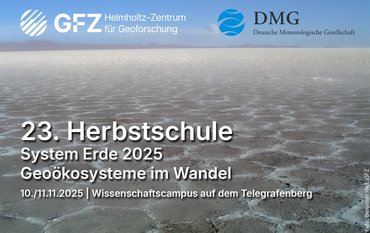
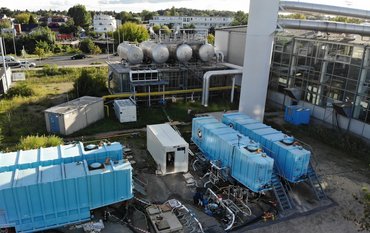
![[Translate to English:] Group photo with 8 people in a seminar room in front of a screen.](/fileadmin/_processed_/2/1/csm_20251114_News_EU-Water-Resilience-Exchange_Kreibich_c-xx_db4e5be690.jpeg)
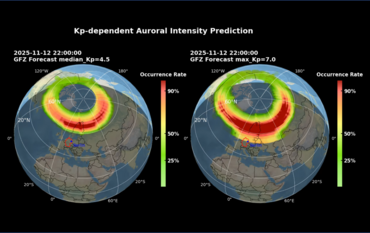
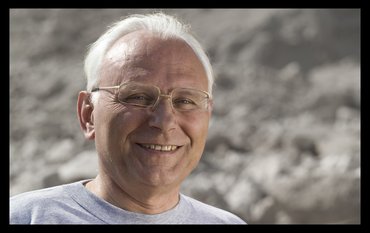
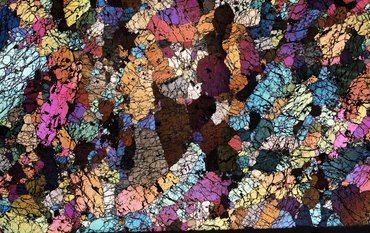
![[Translate to English:] Portrait photo, blurry background](/fileadmin/_processed_/a/2/csm_2025_11_06_JEAN_BRAUN_HE_Helmholtz_Portraits-23_2b5c35beee.jpeg)
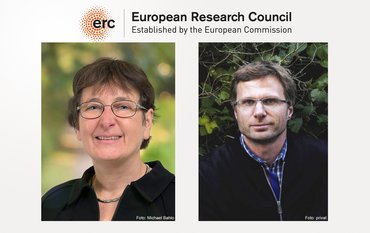
![[Translate to English:] Excerpt from a map of the Phlegraean Fields near Naples, Italy: Left: Red dots mark smartphone sensors, yellow triangles mark fixed seismological stations. Right: The area is coloured in shades of yellow, red and purple according to the amplification of seismic waves.](/fileadmin/_processed_/3/b/csm_20251028_PM_Smartphone-Earthquake_Slider_12500fa0e6.jpeg)
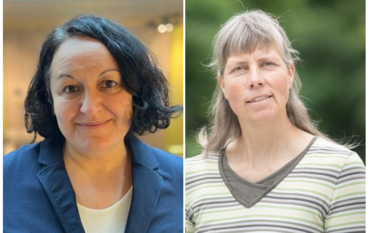
![[Translate to English:] Green background, portrait of Heidi Kreibich](/fileadmin/_processed_/1/1/csm_20251023_Kreibich-Heidi-2025-Vollformat-green_web_-c-Michael-Bahlo_72946c7fe4.jpeg)
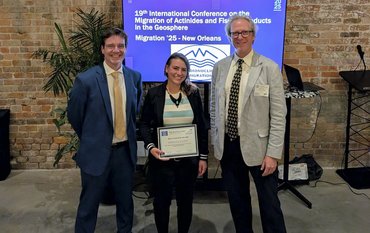
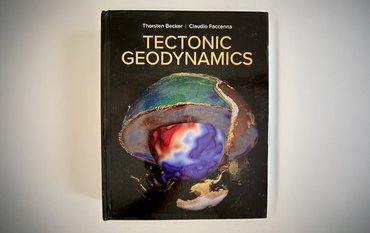
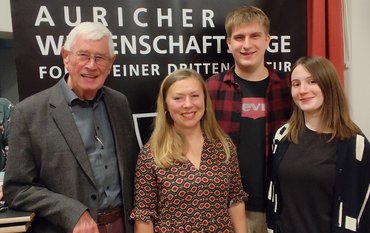
![[Translate to English:] Portrait picture](/fileadmin/_processed_/f/4/csm_Magnall-Joseph-Kachel-c-privat_36e23315c3.jpeg)

